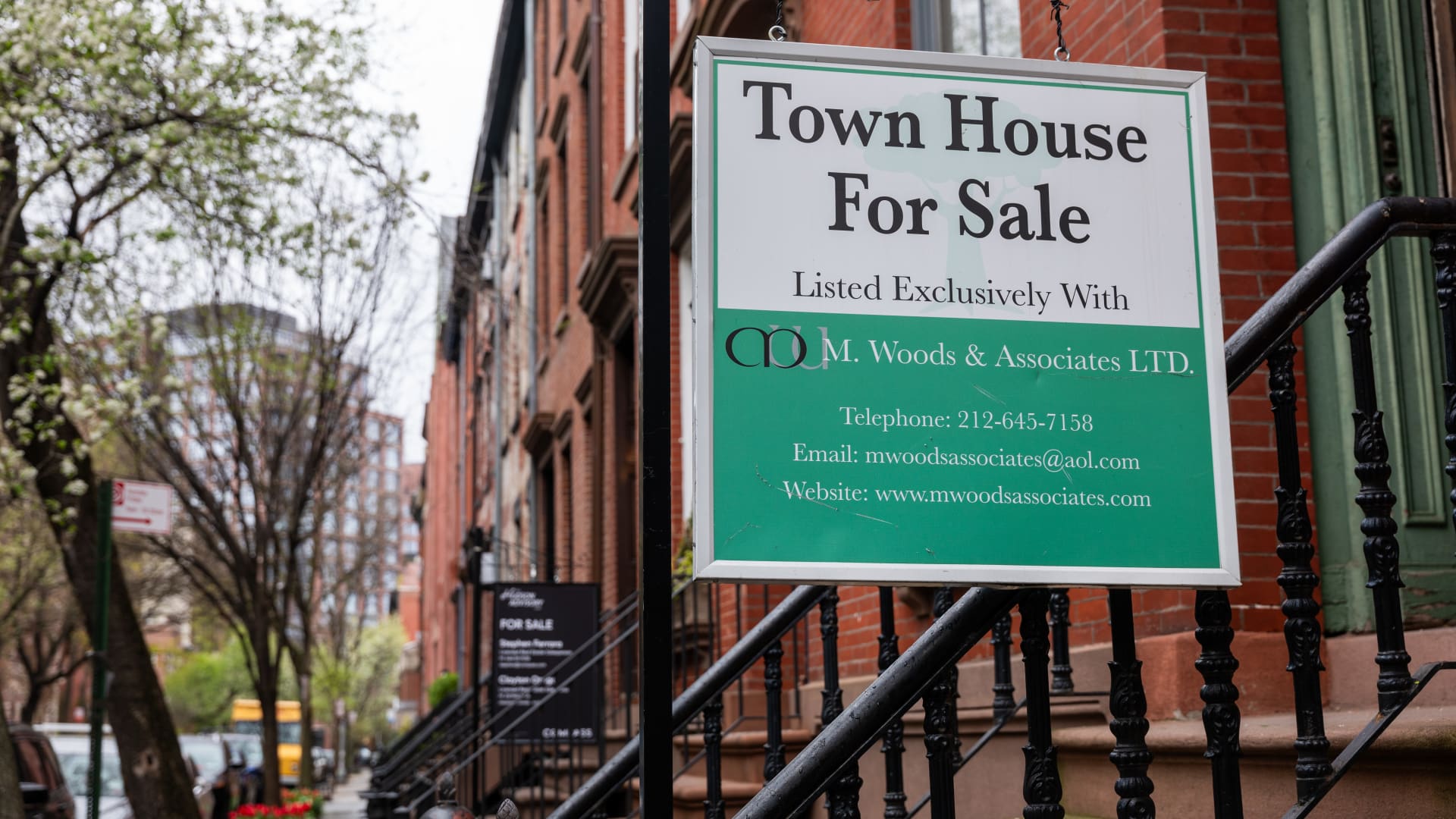Products You May Like
The dream of home ownership has gotten even further away for renters, with higher housing costs and elevated interest rates standing in the way of the American housing dream, according to a New York Federal Reserve survey released Monday.
The share of renters as of February who possess hopes of “residential mobility,” or the belief from renters that they one day will be able to afford a home, fell to a record low 13.4% in the central bank’s annual housing survey for 2024.
That’s down from 15% in 2023 and well off the 20.8% series high back in 2014.
Pessimism about future prospects comes amid a confluence of factors conspiring against the likelihood of renters being able to transition to home ownership.
For one, some 74.2% of renters viewed obtaining a mortgage as somewhat or very difficult, which the New York Fed said has “deteriorated substantially” from the 66.5% level in 2023 and 63.1% in 2022.
Moreover, mortgage rates have remained high by historical standards. A 30-year fixed-rate mortgage now carries an average 7.22% borrowing rate, the highest since late-November 2023, according to Freddie Mac.
Housing affordability has improved little, with the median price in February at $388,700, the highest since November, according to the National Association of Realtors. The NAR’s housing affordability index was at 103 in February, down slightly from January but still at elevated levels with average monthly housing payments at $2,040.
Survey respondents expect housing prices to increase 5.1% over the next year, nearly double the 2.6% expected rate in February 2023 and above the pre-pandemic mean of 4.2%.
Despite prospects for the Fed to cut interest rates before the end of 2024, respondents think mortgage rates are only going to go higher. The outlook for a year from now is that borrowing costs will be 8.7%, and 9.7% in three years, both survey records.
There’s not a lot of good news on the renting front, either. Respondents expect rental costs to increase by 9.7% over the next year, up 1.5 percentage points from last year’s survey and the second-highest in series history.
The results come a week after the Federal Open Market Committee voted to hold benchmark interest rates steady while indicating that there has been “a lack of further progress” in its efforts to bring the annual inflation rate back down to 2%.
Futures market pricing is indicating that the Fed will begin lowering rates in September, with a another cut likely to come in December.
